Are LED aquarium lights good for plants? LED aquarium lights are an ideal choice for planted tanks. The light from these lights isn’t as strong as the light from incandescent and fluorescent bulbs, so it’s good for the aquarium plants.
It also has less heat, which gives your fish and other aquatic animals a more natural place to live.
We’ll talk about some of the best LED aquarium lighting options on the market right now and give you some tips on how to choose the right one based on what your plants need.
Fluorescent, LED, and incandescent aquarium lamps are some of the most important investments when it comes to taking care of your fish.
This is because lighting is crucial to your fish’s well-being, which is why this purchase might be one that you make regularly since you are building an aquarium after all.
There are different types of LED aquarium lights available on the market today.
Some are designed to help you grow live plants, while others can be used to create an impressive rainforest-like glow that mimics daylight. So, how do you choose which one is right for your aquarium?
Are LED aquarium lights good for plants?
Aquarium lights come in a variety of shapes and sizes. One popular type is the LED light, which stands for light-emitting diode. This type of aquarium lighting has several benefits over traditional fluorescent and incandescent lighting systems.
LEDs are more energy efficient than other types of lighting because they convert more power into light rather than heat, making them cheaper to run.
The longevity of LED lights means you will have fewer replacements to make over the course of time compared with other types that burn out faster or require frequent replacement bulbs.
LED aquarium lights are safer for your fish because they emit very little heat compared with other types that can cause burns or even death if left on too long or at too high a temperature level (this is especially true for fish with fragile scales).
When choosing an LED aquarium light system, there is no need to worry about color intensity since LEDs come in all colors ranging from red through orange and yellow up through green and blue hues.
All you need to do is find the closest match possible without going overboard on cost due to extra features like multiple wavelengths available within each color range.
Read more articles: Is Aquarium Water Good for Plants?
Key points to keep in mind
- 1. Types of LED aquarium lights available
- 2. Is full-spectrum light good for plant growth?
- 3. Are colored LED aquarium lights good for plants?
- 4. What color LED light is best for aquarium plants?
- 5. Blue and red spectrum lights for planted tanks
- 6. How do I choose aquarium lights for plants?
- 7. Advantages of LED lights for aquarium tank plants
- 8. Disadvantages of LED lighting for aquarium plants
1. Types of LED aquarium lights available
There are many different types of LED aquarium lights available, each with different characteristics. Some aquarium light manufacturers produce LED lights that have a full spectrum of light, while others produce LED lights with specific color spectrums.
Some of these LED lights are designed to be used with specific fish types, while others are more general. You can even find LED aquarium lights that simulate natural sunlight or moonlight.
Some LED aquarium lights have built-in timers that allow you to customize the amount of time they stay on each day. Here are some of the most common types of LED aquarium lights:
LED strip lights
LED strip lights are usually a very thin strip of LEDs that can be cut to fit any size tank. They come in a variety of lengths, so it’s easy to find one that fits your tank perfectly.
These strips can be mounted directly on the back wall or on top of your tank stand, depending on how much space you have available.
LED Fixtures
LED fixtures are similar to strip lights, but they have built-in mounting brackets that allow them to be hung directly over your tank without the need for anything else to be attached to the wall or stand.
These fixtures often include additional features like built-in timers or dimmers, making it easy to set up and control your lighting schedule. They also tend to be a bit larger than strip lights and may not fit in smaller tanks.
Read more articles: Is Aquarium Salt Safe for Snails?
2. Is full-spectrum light good for plant growth?
Full-spectrum lighting is a specific type of light that provides your plants with more red and blue light than regular aquarium lights. While these filters are often added to standard fluorescent bulbs, they can also be found in LED bulbs as well.
This is great news for plant lovers looking to boost the growth of their aquatic greenery! However, not all “full spectrum” bulbs are created equal. Some have only a small amount of red and blue-tinted plastic around the edges, whereas others provide a true full spectrum effect via the bulb itself.
If you’re looking for something truly effective at growing plants, make sure to check out our tips below:
Look for the “full spectrum” label on the packaging, but keep in mind that this can be misleading. If a bulb does not claim to provide full spectrum lighting and is not specifically marketed to plants, it is unlikely to aid in the growth of your aquarium.
The higher the wattage of your bulb, the stronger its light will be. It’s important to avoid using a bulb that isn’t bright enough for your plants (or your fish), because it could cause them stress or even death.
Full-spectrum bulbs might be more expensive than other types of lighting, but they’re worth it! Not only will they help your plants grow faster and stronger, but they’ll also last longer than standard fluorescent bulbs because they don’t get hot enough to burn out quickly.
If you want to take your aquarium lighting to the next level, consider buying a full-spectrum LED bulb. These are extremely effective at growing plants, and many people find that they work better than fluorescent or halogen bulbs.
3. Are colored LED aquarium lights good for plants?
Colorful LED aquarium lights are good for plants. They’re also more efficient than fluorescent lights, meaning they run cooler and last longer—usually anywhere from 50,000 to 100,000 hours (that’s a decade or two of daily use).
LEDs can be used to grow plants in low-light tanks because they emit wavelengths between 350 and 750 nanometers that are ideal for photosynthesis.
They can also be used to supplement natural sunlight by emitting additional red-orange light at 660 nanometers—a wavelength that works especially well for plant growth. They can even be used to grow plants in offices that don’t have windows.
LEDs are more energy efficient than fluorescent lights, which means they run cooler and last longer—usually anywhere from 50,000 to 100,000 hours (that’s a decade or two of daily use).
Read more articles: How Much Aquarium Salt per Gallon for Betta Fish?
4. What color LED light is best for aquarium plants?
The color of LED light is important because it determines what wavelengths of light are generated by the source. The following colors can be used to grow plants:
Red (600–625 nm): This wavelength helps stimulate photosynthesis and increases photosynthetic activity, which leads to healthier and faster growth in your plants.
(470-495 nm) Blue-green lights are great for aquariums with live plants because they help increase chlorophyll production in your aquatic life forms, thereby improving their ability to absorb nutrients from the aquarium water.
UV (380–420 nm): Ultraviolet rays have been proven effective at killing algae since they’re known to cause oxidative damage in organic matter such as leaves or skin cells. since algae tend to thrive under blue LEDs.
It’s important for you to use a specialized UV tube that emits only this wavelength so you can keep your tank clear from green slime buildup without harming any other living organisms present inside! The right kind of light can be just as important as the right kind of fertilizer or water conditioner.
Choosing the right LED system for your aquarium is just as important, so make sure to do some research before spending your hard-earned cash on something that may not work well with your tank’s specific needs.
The key to keeping your aquarium healthy is to provide the right kind of light at the appropriate intensity. In this article, we’ll go over the different types of LED lights available and how they can affect your fish tank’s environment.
5. Blue and red spectrum lights for planted tanks
Now that we’ve covered the basics of aquatic plant lighting, it’s time to move on to some more advanced topics. In this section, we will discuss the importance of blue and red spectrum lights for planted tanks.
Blue light is important for photosynthesis. It is essential to understand that plants use different wavelengths of light in order to grow properly. The blue spectrum is used as a catalyst by plants to convert CO2 into oxygen during photosynthesis.
If your tank doesn’t have a CO2 injection system, you might want to add some more blue lights so that your plants can photosynthesize well without being hurt by higher levels of CO2 gas.
Red-spectrum lights help plants grow faster. If your tank has too many blue lights and not enough red ones, you may notice that your plants are growing very slowly. The red light is responsible for promoting photosynthesis in different ways than the blue light is.
If you want to grow your plants faster, try adding some red spectrum lights to your tank. You can also use them in conjunction with blue light for optimal growth results. Plants need a balance of blue and red-spectrum light to thrive.
You should be aware that there is no single wavelength that is optimal for plant growth. Instead, many different types of lights are used in aquariums in order to provide the plants with all the necessary wavelengths they need to grow properly.
For example, LED lights can be used in conjunction with fluorescent tubes or other types of bulbs so that you can get the right mix of spectrums needed by your plants.
Read more articles: How Much Aquarium Gravel Do I Need?
6. How do I choose aquarium lights for plants?
The best way to choose an LED light for your plants is to research the different options and then choose the one that suits you best. You can get a light that is specifically designed for plants or you can use a light that is designed for aquariums.
There are a wide variety of aquarium lights on the market today, and choosing one can be confusing. But there are some simple steps you can follow to make sure you get the right kind of light for your plants.
First, consider what type of aquarium you have. If it’s a small, enclosed tank with no room for more than one light fixture and no space for reflectors or other light-enhancing devices, then it’s best to go with compact fluorescent or LED lighting.
If you have an open tank with room to spare, however, then you can consider mixing different types of light sources and adding some extra fixtures or reflectors as needed to boost plant growth further (but don’t forget that too much light will give you algae).
Next: What kind of aquarium plants do you have in mind? There are many types of plants available at pet stores these days, including some that grow better under certain types of artificial lighting than others do.
So if you want something like Java ferns or Anubias barteri var. nana that can tolerate low levels of light (and not much else), then go with either CF or LED bulbs.
7. Advantages of LED lights for aquarium tank plants
LED aquarium lights are energy-efficient and have a long lifespan. They can also be easily installed and don’t produce much heat output.
In addition to the above benefits, LED lights don’t require any replacement parts or filters, as they do not contain any UV rays that could potentially harm your fish and plants in your tank.
This makes them one of the best options when it comes to choosing an appropriate lighting solution for your aquarium setup! There are a number of things to consider when selecting the best aquarium lighting. These include:
The species of plants and fish in your tank The size and depth of the aquarium and where you intend to place the light source—all of these factors will influence the type of lighting solution that you should choose.
For example, if you have plants and fish with different light requirements in your tank, it makes sense to purchase two separate types of lights that can be used independently or combined together.
This way, you won’t have to worry about your plants dying because they are not getting enough light, while also ensuring that your fish don’t suffer from too much exposure either!
Read more articles: Freshwater Puffer Fish
8. Disadvantages of LED lighting for aquarium plants
LED lights are more expensive than other types of aquarium lights. This is because they use less electricity, which means you will have to buy them more often than you would with a traditional light fixture.
LED lights are not as bright as other types of aquarium lights, so you may need to get more fixtures in order to cover the same area. This can be costly and time-consuming if your tank is large or tall, especially if it has an irregular shape that needs special attention.
Although some manufacturers claim their LEDs use up to 90% less energy than traditional bulbs, this does not mean that they actually save you any money on your electric bill over time—only that they consume less electricity per hour (and thus last longer).
The only way to know if LEDs are truly worth the investment is to do an energy analysis of your tank. This will show you how much money you save over time by using LEDs instead of traditional lamps.
If you want to save money on aquarium lighting, LEDs are not the way to go. Although they do last longer and use less energy than other types of bulbs, they are more expensive upfront. This can make it difficult for budget-conscious consumers to justify purchasing them.
Conclusion
In conclusion, we can say that LED aquarium lights are a good option for those who want to grow aquatic plants in their tank. They provide the right amount of light and won’t heat up your tank water like other types of lights would.
However, there are some disadvantages too, such as the short lifespan and high initial cost of the investment (even though it saves money over time). Overall, if you want more information about these lights before buying one, then feel free to contact us at any time!
LED aquarium lights, maybe as a result of their novelty, have been the subject of considerable debate. But suffice it to say, they do seem to statistically come out ahead in terms of the available scientific evidence.
People often ask what they should look for when selecting an LED aquarium light, so I’ve tried to include this information where possible in the article.
By now, you should have a general understanding of where to install your aquarium lights and which ones might be right for your application. There are hundreds of different models out there.
But these represent some of the best for achieving splendorous reefs and vibrant plant life. For any specific needs or requirements, make sure to contact a local reefing or aquatic garden enthusiast so you can get the most bang for your buck!
Read more articles: Aquarium 200 Gallon
Other related articles
- 5 Best Aquarium Lamp You Can Buy Now
- Aquarium 120 Liters | The Best Fish and Plant Options
- 10 Fascinating Facts About Aquarium Jellyfish You Didn’t Know
- Aquarium Aesthetic | The Art Of Aquarium Design
- Top 10 Aquarium Stand for Every Budget and Style
- 5 Compelling Reasons Why Fish Farming is Essential

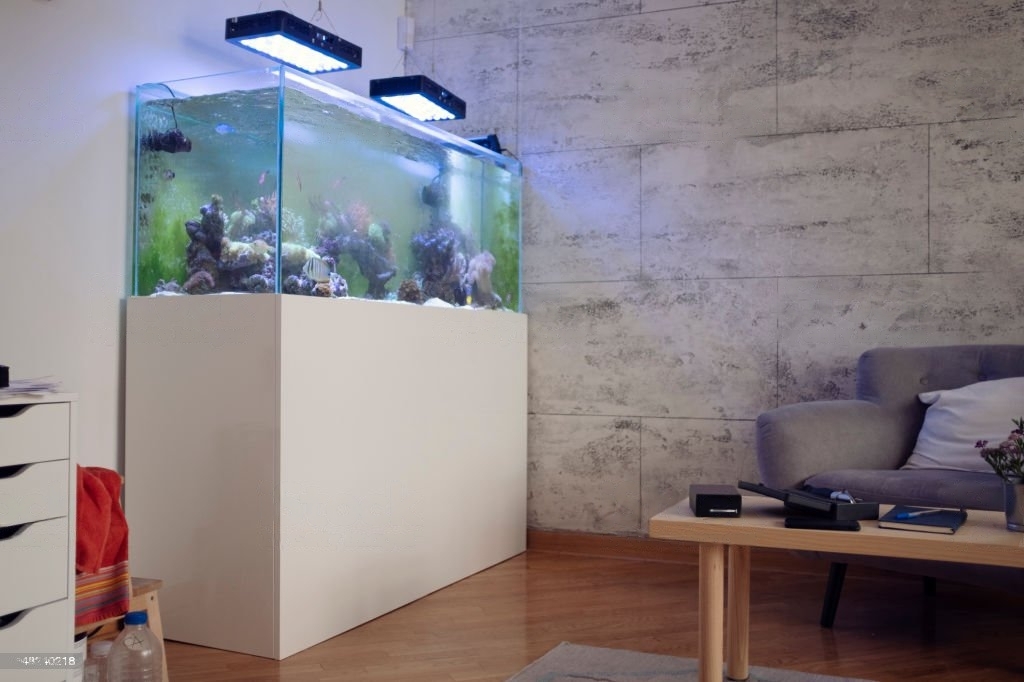


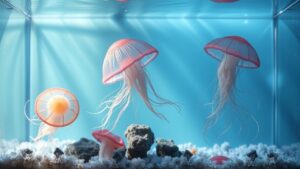


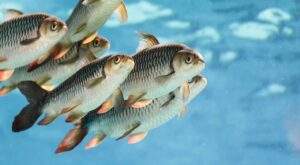
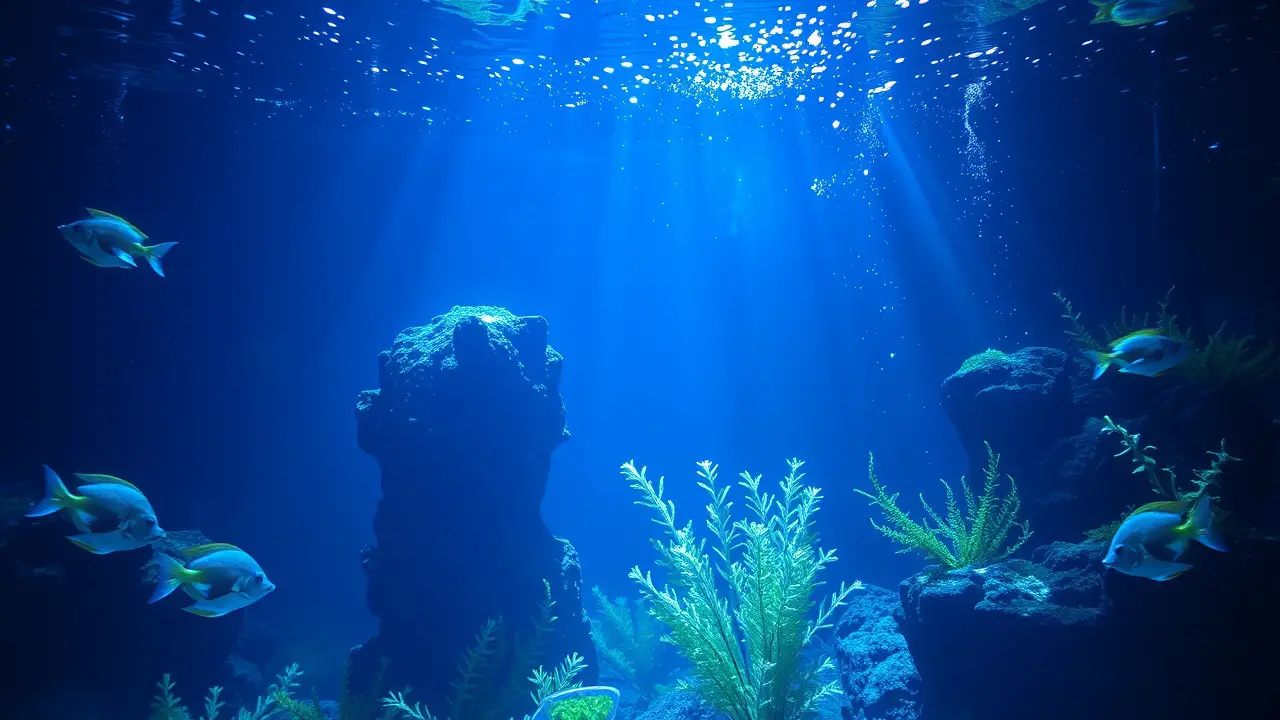
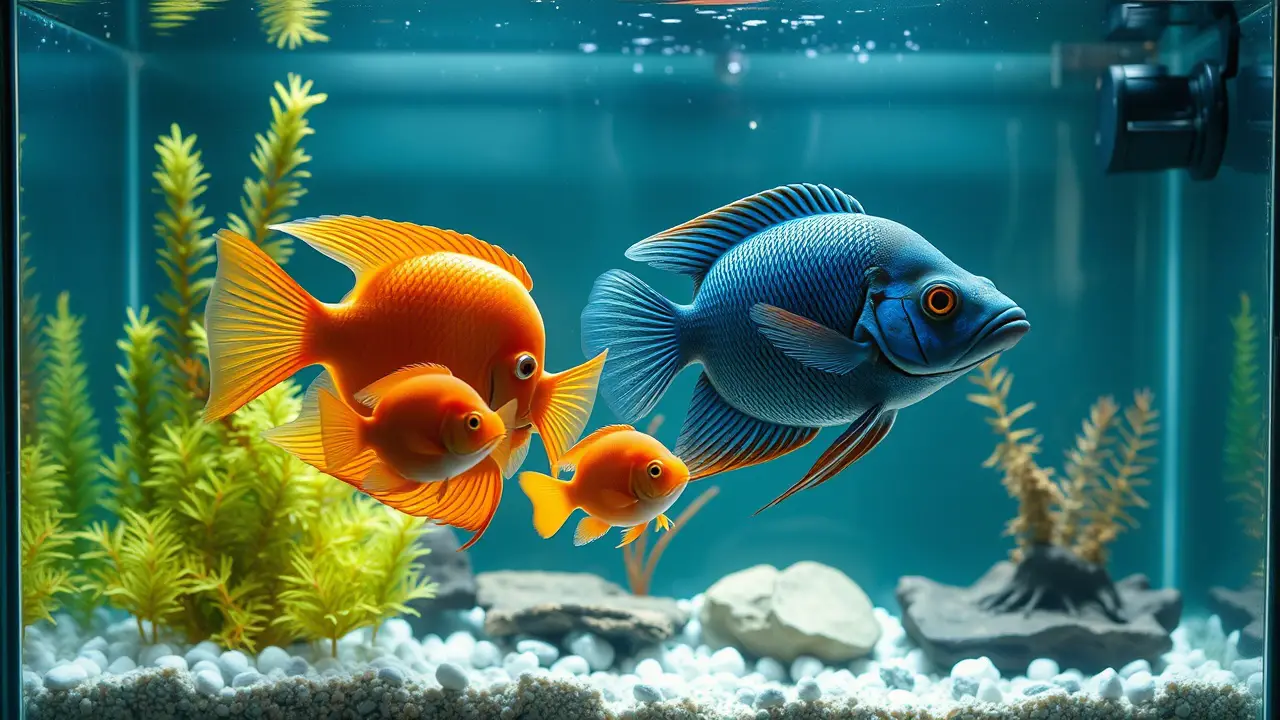

Leave a Reply